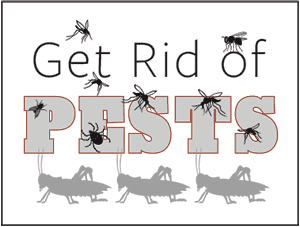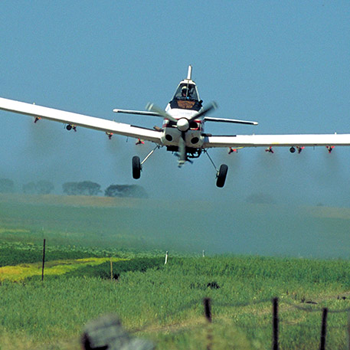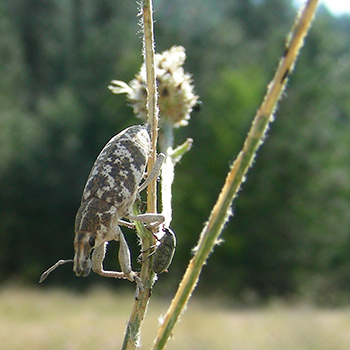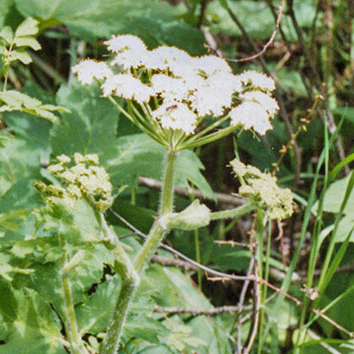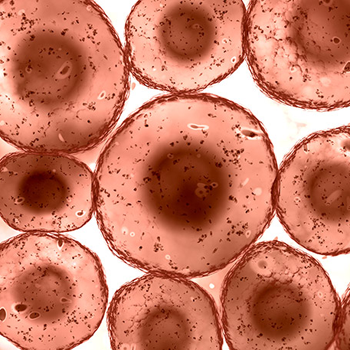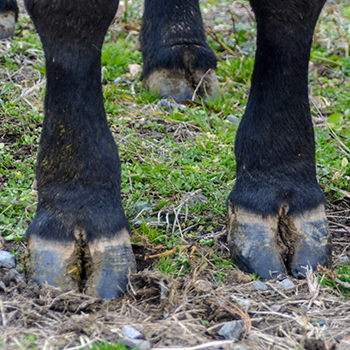
Building a Better Hay Bale and Bottom Line
Increase your return on investment when baling hay with these tips.
Hay is at its highest quality when it’s standing in the field, but that doesn’t mean it’s impossible to retain more of that quality when baled. George Rigdon and Jordan Milewski, New Holland Hay and Forage marketing managers, offer tips on maximizing hay quality and your return on investment.
The first step is to start with a fast, clean cut, recommending a minimum of 2 inches (in.) for alfalfa, 3 in. or more for cool-season grasses, and 2.5 in. for mixed stands. Milewski warns, if fields are cut too low, it can hurt grass regrowth and increase ash content. While cutting low increases tons harvested, those additional tons are often higher in lignin, and low cutting can introduce soil that lowers the overall forage quality.
 |
How do you know if a roller is worn out? A credit card is roughly the same dimension as a rubber roll lug. If the card isn’t about the same size, then wear is happening, Milewski explains. Roll wear leads to poor conditioning, which may slow drying, increasing weather risks. |
Conventional wisdom on baling is “cut it fast; dry it quick,” Milewski says, but adds, “Don’t forget that one ton of crop includes 1,600 pounds of water and only 400 pounds of crop.”
Wider is better when it comes to conditioning, he continues. Conditioners that are at least 80% of the cut width can produce a faster-drying wide and thin swath, so you can harvest 10 to 12 hours earlier and retain greater feed value. With conditioning, he says, you must crush, crack and crimp the stems or you’re wasting diesel fuel.
So, he recommends using the most efficient tool for the job, comparing a rubber chevron roll, a steel chevron roll, and flail systems. Compared to steel rolls, the tighter clearance or roll gap adjustment and the broad lugs of rubber chevron rolls offer a uniform crimping and crushing of flexible legume stems. The steel chevron systems with pointed lugs provide a pinch and squeeze that is ideal for fibrous or cane-type grass and forage crops.
Tests have shown faster alfalfa drying with rubber rolls, while steel-conditioned samples dried more similarly to flail samples. Leaf loss is also an important quality consideration. Explaining that while flail had the highest rate of alfalfa leaf loss among samples, it is ideal for fast drying of grass hay because it abrades the waxy cuticle layer of grass blades that are difficult to crush and crimp.
How do you know if a roller is worn out? A credit card is roughly the same dimension as a New Holland rubber roll lug. If the card isn’t about the same size, then wear is happening, Milewski explains. Roll wear leads to poor conditioning, which may slow drying, increasing weather risks.
 |
“The color of paint is irrelevant,” Milewski adds. “Haymakers must look at adjustments. Improper adjustments increase field losses, machine wear and fuel consumption, increasing production costs all while robbing forage quality.” |
“The color of paint is irrelevant,” he adds. “Haymakers must look at adjustments. Improper adjustments increase field losses, machine wear and fuel consumption, increasing production costs all while robbing forage quality.”
Building the bale “After the work you put into planting, cutting it right and drying it fast, you have to make sure you’re building a better bale,” Rigdon says. “What’s the most obvious sign of a better bale? Higher density. A denser bale can directly correlate to higher nutrition, crude protein and feed value. Denser bales last longer and are more economical to wrap, handle and store in the long run.”
Denser bales save on labor, having fewer bales to haul. He also suggests immediately wrapping bales when making silage hay to keep the internal bale temperature below 120° F to ensure maximum protein and eliminate oxygen. This, in turn, can reduce the amount of feed supplements needed. When higher protein is retained, producers can maximize rate of gain with lower production costs.
He clarifies that bale temperatures must stay below 120° F. Above this temperature proteins will bind to fiber, making it unavailable to the animal. A rule of thumb is for every 20° F increase in bale temperature, you lose 10% of available crude protein. Monitoring bale temperature is essential, he says.
Adjusting to produce a denser silage bale is the key. Density excludes more oxygen for a faster transition from the aerobic to anerobic phases, which helps maintain a low bale temperature and retain higher quality.
When ring-feeding, dense silage bales spoil more slowly, which may significantly reduce feed waste. However, a denser bale may also be more difficult for animals to break apart. Rigdon suggests producers look at cutting balers that offer increased bale density and can improve animal intake and weight gains by remaining easier for animals to break up.
Rigdon explains that dense bales mean quality retained and dollars saved. Simply put, increasing bale density means fewer bales for the same hay volume. This saves on things like twine, net wrap and film wrap. Likewise bale handling, labor and storage costs are reduced. He also notes that making fewer and denser bales provides lower bale count over the life of a baler, which can mean higher resale values.
Today's beef producers know it is essential to adjust to changing market conditions. Now more than ever, it’s critical to look at what other adjustments can offer increased returns. Adjusting timing, methods and bale density all play an important role in that calculation.
Editor’s note: New Holland has made available the university bale-density study and additional resources to help producers maximize their return on investment. Visit www.betterbaling.com and www.balecalculator.com for additional resources. Photos courtesy New Holland.
